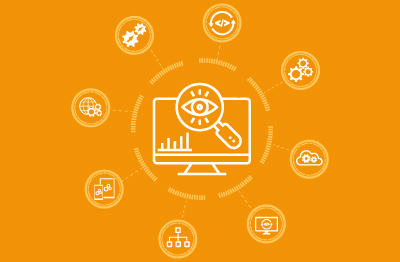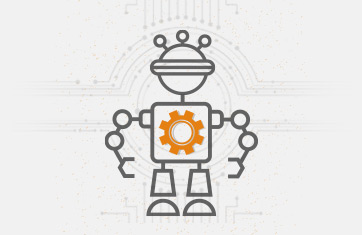API Monitoring
What is API Monitoring?
An application programming interface (API) is the set of protocols that helps your product communicate with other products through a web address (or API endpoint). This process allows enterprises to integrate their regularly used applications with third-party plugins and services to create an even more robust experience.
API monitoring is the process of strategically collecting data about API performance, then analyzing that data to identify and correct issues.
API monitoring services constantly track a defined set of metrics, including average and maximum latency, errors per minute, requests per minute, retention, calls per business transaction, and even top customers by usage.
Why is API Monitoring important?
APIs are valuable tools, but like any technology, they’re prone to bugs and malfunctions. It’s essential to monitor your APIs consistently to ensure that they’re working properly and delivering the end-user experience you expect.
Monitoring is vital because it not only captures data but also analyzes it. These analysis capabilities enable IT professionals to gain a deeper understanding of the issues affecting system efficiency, determine what needs to be done to optimize performance, and create a solid plan for future scaling.
Because today’s applications run on multiple (sometimes hundreds of) services, it can be difficult to isolate which service is causing a particular issue. The right API monitoring tool makes it easy to stop focusing on symptoms and get to the root of a slowdown or malfunction.
Thanks to real-time data collection and analytics capabilities, API monitoring allows you to identify and tackle problems quickly. With automatic alerts based on set thresholds, you can keep everything running smoothly so users don’t miss a beat and security and revenue never take a hit due to downtime or outages.
Finally, API monitoring is essential because it lets your team learn how your API use impacts your business. With the data collected from the monitoring service, you can analyze how using APIs helps with goal attainment and delivering on KPI expectations.
How does API Monitoring work?
API monitoring automatically checks the performance of your APIs at regular intervals. Your platform should check for a predefined set of metrics, such as response times or latency.
The system will then analyze and report on these metrics, combining the data into an easy-to-read, visually appealing dashboard. This provides a central location for all the information you need, saving you much time. The dashboard will also help you make sense of the data and easily know what to do next.
Choosing an API Monitoring tool
When choosing an API monitoring tool, it’s important to keep a few key features in mind.
First, your API monitoring tool should provide comprehensive data collection and analysis, not simply collect sample data. Tracking every interaction is vital, as doing so allows you to analyze aggregate data and look closely at outliers.
A good API monitoring tool should also offer real-user monitoring (RUM) and synthetic monitoring. While synthetic monitoring can help with developing a baseline for performance and aid you in adjusting your usage and alerting thresholds to account for known issues, RUM shows you how changes impact users.
Finally, your monitoring tool should be able to track each third-party API and how it affects overall performance. This is how you drill down into the data you need to get to the bottom of various problems, improve user experience, and ensure that your business stays up and running.




